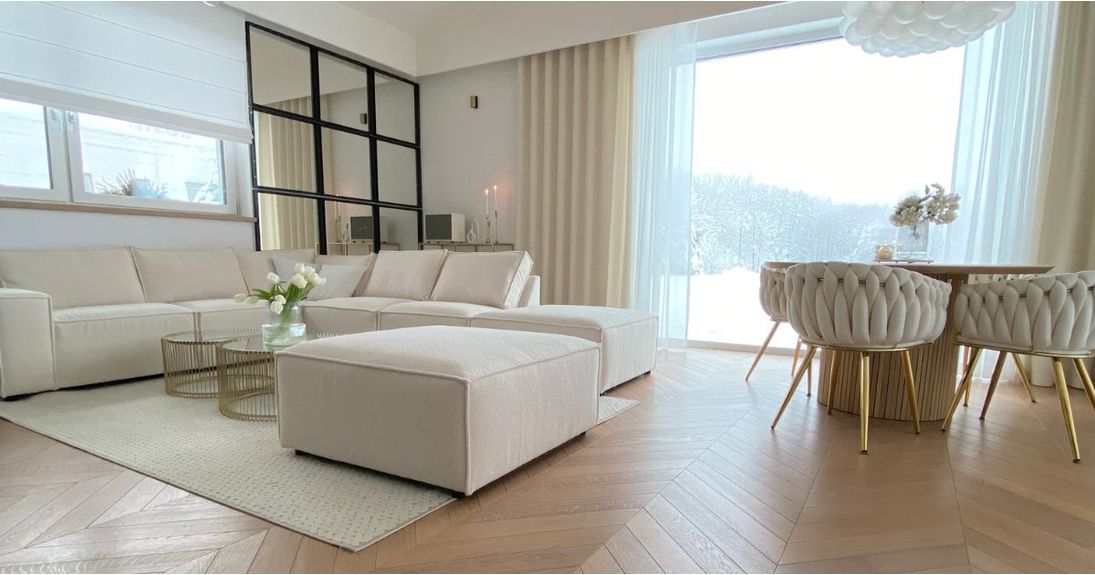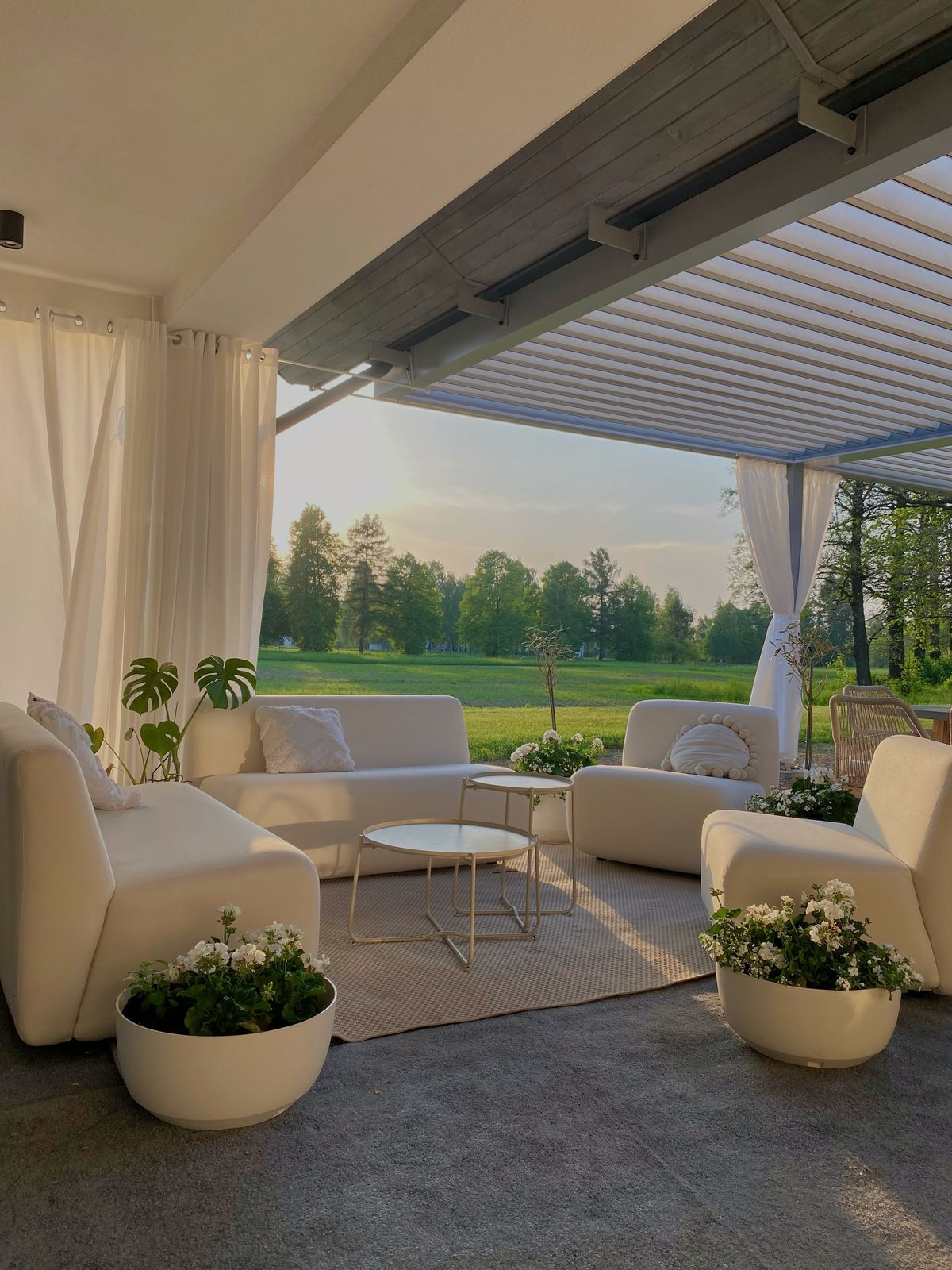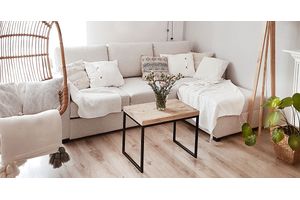
Psychology of Space: How Design Shapes Emotions and Behavior at Home
Our daily world is filled with various spaces, from our workplaces to our homes and the streets we traverse. All these spaces influence our emotions and behavior, even though we're not always aware of it. That's why it's worth considering how spatial design can shape our well-being and impact our daily lives. In this article, we will focus on one aspect of this issue - furniture design.
The Psychology of Space
Environmental psychology is a field of study that examines the impact of spatial environments on human behavior and emotions. The kind of interiors we have and how they are arranged have a tremendous influence on how we feel and behave. Therefore, interior designers and furniture manufacturers are increasingly tapping into this knowledge to create spaces that are not only functional but also conducive to our well-being.
Space and Emotions
Research into the psychology of space shows that our surroundings affect our emotions. For example, bright, spacious rooms can make us feel happier and more relaxed, while cramped, cluttered spaces can evoke feelings of stress and tension. For instance, when we enter a well-lit and open space, our brain may respond by releasing endorphins, the happiness hormones that improve our mood. Conversely, if we're confined to a tight space with little natural light, we may experience discomfort and anxiety.
Space and Behavior
But the psychology of space not only impacts our emotions; it also affects our daily behavior. For example, the design of office spaces can influence our productivity and creativity. If the office is well-organized and ergonomic, we are more inclined to focus on work and be productive. At home, space design can influence our habits and lifestyle. For instance, if we have a comfortable place to relax, we are more likely to spend time resting and rejuvenating.

Furniture Selection and Home Atmosphere
Choosing furniture for our homes is a key element of space design. Furniture not only serves a utilitarian function but also contributes to the atmosphere in our rooms. For example, selecting furniture with light colors and simple shapes can create a minimalist and modern space that promotes tranquility and concentration. In this context, it's worth paying attention to specific products that can significantly impact the decor of our homes. Here are a few examples:
Slender 3 Seater Sofa: This elegant sofa with a minimalist design can be a perfect addition to a modern interior. Its clean lines and muted color can make the room feel more serene and harmonious.
Breeze 3 Seater Garden Sofa: If you're looking for a comfortable sofa for your garden or terrace, this sofa can be an excellent choice. Its designer appearance combined with functionality can make your outdoor space even more enjoyable.
Soho 3 Seater Sofa: If you're seeking something more avant-garde, this sofa will certainly catch your eye. Its unique design can give the room a distinctive character.
Materials and Colors in Furniture Design
Materials and colors used in furniture play a crucial role in interior design. The right choice of fabrics, wood, or other materials can significantly influence the perception of space and set the right mood in a room.
Materials
Wood: Wood is one of the most popular materials in furniture production. It possesses natural charm and warmth that can add coziness to an interior. Wooden furniture is timeless and suits both traditional and modern arrangements.
Metal: Metal furniture is often chosen for contemporary interiors. They are durable and resistant to damage and can introduce an industrial character to a space.
Fabrics: The choice of fabrics is crucial, especially for upholstered furniture. Fabrics in light colors and pleasant textures can visually enlarge the space and make it cozier.
Glass: Glass furniture is elegant and lightweight. It can be an excellent choice for modern, minimalist spaces.
Colors
Furniture colors also play a significant role. Colors influence our emotions and can shape the atmosphere of a room.
Light Colors: White, beige, and pastel colors make a space seem larger and more open. Light furniture is an excellent choice for smaller rooms as it can visually expand them.
Dark Colors: Dark furniture, such as navy or gray, adds elegance and depth to an interior. It can create a cozy and sophisticated atmosphere.
Colorful Furniture: Furniture in vibrant colors like red or yellow can add energy and character to a room. They are an excellent choice for dynamic and lively arrangements.

Furniture design plays a vital role in shaping our living spaces. The furniture we choose, the materials we prefer, and the colors we select impact our emotions, behavior, and well-being. Understanding the psychology of space can help us design our interiors more consciously, creating spaces that contribute to our well-being. The role of design in our daily lives is significant, and furniture is a key element of this equation. When choosing furniture, remember that it not only serves a practical function but also shapes our space and influences our emotions. Therefore, it's worth taking the time to choose carefully to create interiors where we truly feel comfortable.
